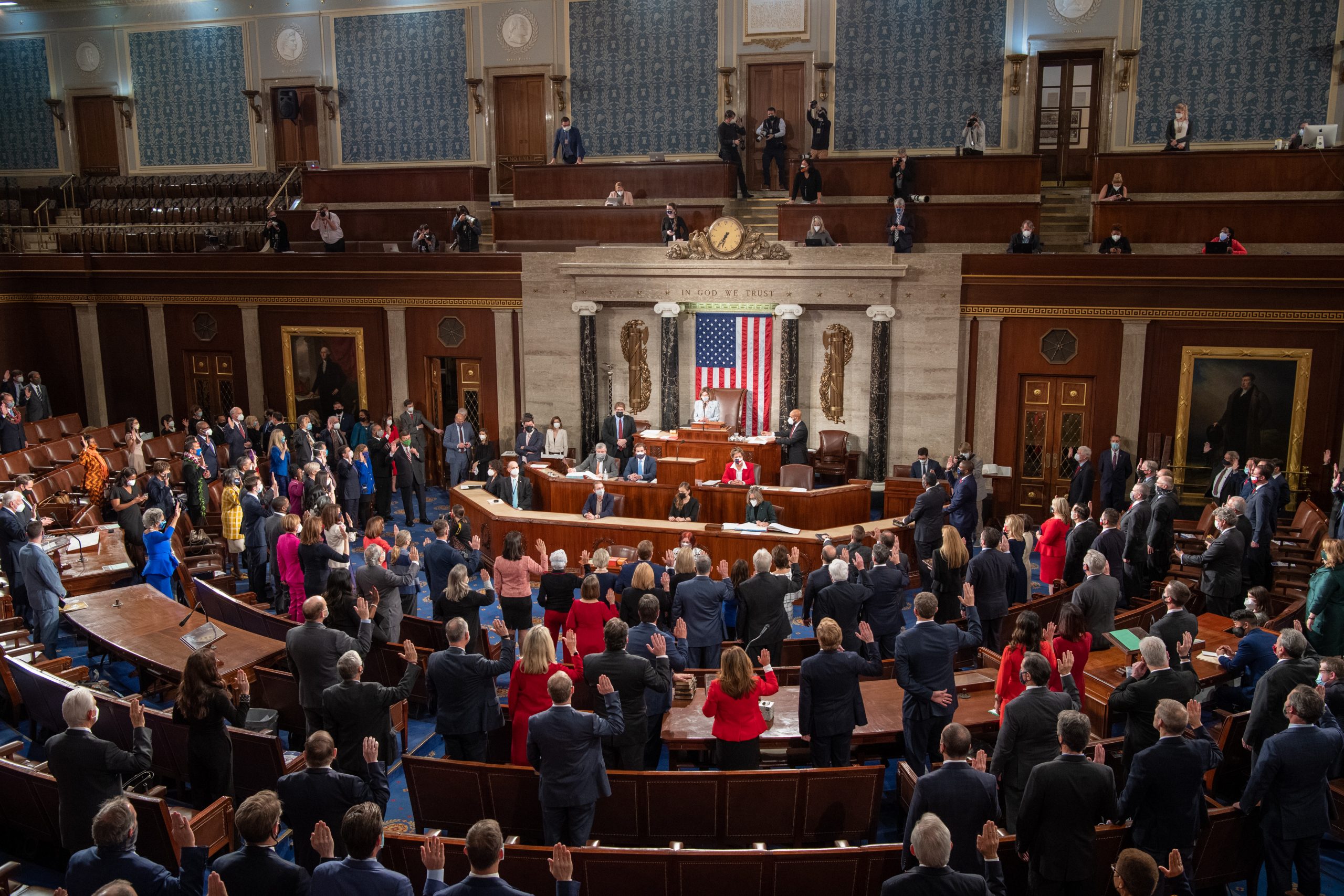Climate Change as Self-Interest
- Home Page 347

Frankenstein breaks through the bounds of death
This content is accessible to paid subscribers. To view it please enter your password below or send mike@standardsmichigan.com a request for subscription details.
117 House Template
This content is accessible to paid subscribers. To view it please enter your password below or send mike@standardsmichigan.com a request for subscription details.
Bovine Musculoskeletal Examination
This content is accessible to paid subscribers. To view it please enter your password below or send mike@standardsmichigan.com a request for subscription details.
Congress.GOV
This content is accessible to paid subscribers. To view it please enter your password below or send mike@standardsmichigan.com a request for subscription details.
Vinter uge 2 | 9. -15. januar
mandag | 9. januar | Kollokvium 16:00 UTC
tirsdag | 10. januar | Kollokvium 16:00 UTC
onsdag | 11. januar | Kollokvium 16:00 UTC
torsdag | 12. januar | Kollokvium 16:00 UTC
fredag | 13. januar | Kollokvium 16:00 UTC
lørdag | 14. januar
søndag | 15. januar
Winter Week 5 | January 27 – February 2
ANSI Standards Action: January 24, 2025
Monday | January 27 | Colloquium 16:00 UTC
Tuesday | January 28 | Colloquium 16:00 UTC
Wednesday | January 29 | Colloquium 16:00 UTC
Thursday | January 30 | Colloquium 16:00 UTC
Friday | January 31 | Colloquium 16:00 UTC
Saturday | February 1
Sunday | February 2
New update alert! The 2022 update to the Trademark Assignment Dataset is now available online. Find 1.29 million trademark assignments, involving 2.28 million unique trademark properties issued by the USPTO between March 1952 and January 2023: https://t.co/njrDAbSpwB pic.twitter.com/GkAXrHoQ9T
— USPTO (@uspto) July 13, 2023
Standards Michigan Group, LLC
2723 South State Street | Suite 150
Ann Arbor, MI 48104 USA
888-746-3670













